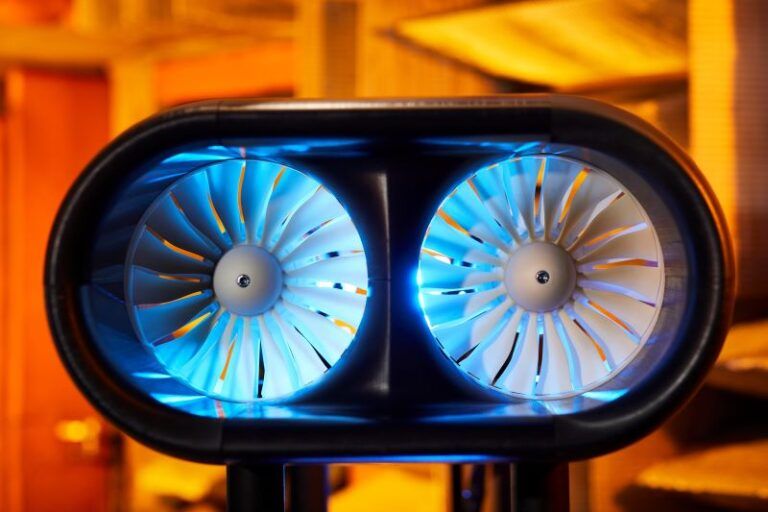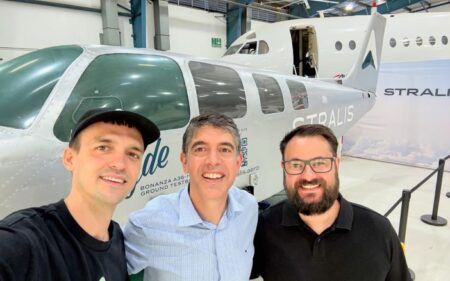Electrification of aircraft is a complex engineering endeavor that begins with OEMs and suppliers working together on regional jets, single-aisle commercial aircraft, and rotorcraft – unified by the goal of increasing the sustainability of aircraft.
Collins Aerospace, a subsidiary of RTX is taking a multi-pronged approach to the mission of increasing the sustainability of aircraft. This includes using lighter weight materials and operational efficiency improvements to flights. But the Group’s strongest focus is on electrical propulsion system development and testing.
This work is ongoing at facilities in the USA and Europe. Motors and controllers are being developed at Solihull, UK. Systems integration is happening at Rockford, USA. Power distribution systems are being developed at Nordlingen, Germany. R&T is being done in Cork, Ireland, and there is systems-level integration happening at East Hartford, Connecticut.
“As well as hybrid-electric propulsion, more electrical systems means taking things like hydraulic pneumatic systems and turning them into electrical systems. This reduces fuel burn and overall greenhouse gas emissions,” says Josh Parkin, engineering director, electric propulsion systems UK, Collins Aerospace, who leads electric motor and controller development at the Solihull.
Hybrid-electric propulsion
“We are using the expertise in Collins to develop motors and motor controllers, while working with our RTX colleagues in product on how we can bring things together and optimize the efficiency across the flight envelope for operators,” says Parkin.
Engineers at Solihull develop and test motors and controllers for the electrical systems in aircraft. The motor controller – the brains of the hybrid-electric system – connects to the electrical grid and converts power into a form that the motor can accept in terms of voltage and level. The motor then converts that electrical power into mechanical power.
RTX is developing a family of scalable electric motors and controllers that can be adapted for various aircraft types and power requirements. There are 125kW, 250kW and 500kW controllers in development.
“For motors, we have started with 1MW, to take on the most challenging aspect and high power levels. Then we are scaling that back depending on customer demands down to the 250wkW level,” says Parkin.
The company believes the modular approach will allow it to rapidly configure propulsion systems for different aircraft and mission profiles without starting from scratch each time.
Multiple projects
Zubair Baig, senior fellow for electrification at engine maker Pratt & Whitney, another RTX subsidiary says, “Electrical loads are getting larger and as the demand for power in aircraft increases, power distribution systems get more complex. We began looking at our hybridization strategy in 2016.”
RTX is working with government research agencies and external partners on five different hybrid-electric projects. “We need multiple programs because we need to service hundreds of different platforms,” says Baig.
The RTX hybrid-electric flight demonstrator program in Canada launched in July 2021 and was the first RTX hybrid-electric program The project is focused on hybridizing regional aircraft. Engineers on the program are modifying a De Havilland Canada Dash 8-100 turbo prop.
“Our system achieves 50% hybridization for take-off and climb and right-sizes the engine for cruise to maximize a reduction in fuel burn to around 30%,” says Baig.
“Each of the demonstrator’s two engines produces about 2MW of power. The 50% hybridization target equates to 1MW of electric power per side. “We are working our way through ground testing and using the learnings to develop the propulsion systems. It will also help develop our strategy for the single-aisle market,” says Baig.
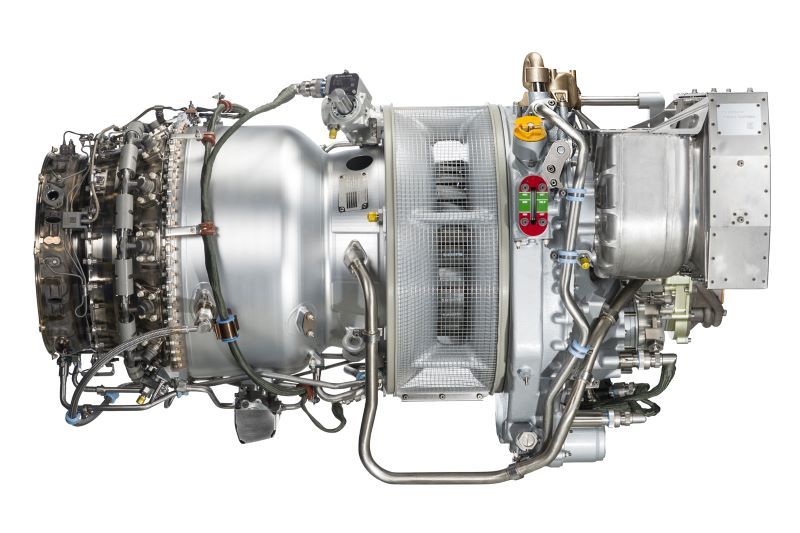
Single-aisle challenges
Analysis done by RTX reveals that to achieve similar levels of 50% hybridization for a single aisle airliner, the aviation market’s largest segment, the amount of electricity supplied by a hybrid-electric propulsion system cannot be provided by today’s technology.
“For a single-aisle aircraft takeoff thrust requires around 20MW of power, so to achieve 50% would be 10MW. Technology, especially on the battery side is just not there to support that amount of power and energy,” says Baig. “So in the near term, we are looking to take advantage of hybridization in a manner where we can address the key weaknesses of today’s engines.”
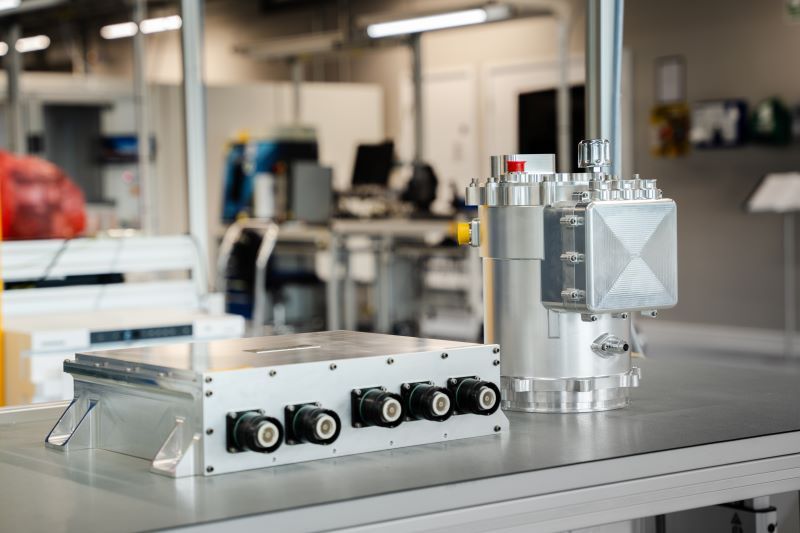
Airbus PioneerLab’s hybrid-electric system (Image: Collins Aerospace)
Single-aisle aircraft engines are designed to be highly efficient for cruise, not so much for idle conditions, or take-off and climb. RTX engineers aim to boost efficiency in these “off-design” segments of an engine’s usage, to maximize the benefits.
The company is also applying lessons learned from the regional aircraft demonstrator to its work on single-aisle hybrid propulsion through the SWITCH (Sustainable Water-Injecting Turbofan Comprising Hybrid-Electric) program. The motors being developed for the regional demonstrator are the same ones that will be used on the SWITCH demonstrator.
Concept to test
SWITCH involves MTU Aero Engines, Pratt & Whitney, Collins Aerospace, GKN Aerospace and Airbus and is being funded by the UK and EU.
The Water-Enhanced Turbofan (WET) concept recovers water vapor from the engine exhaust and re-injects it into the combustion chamber to significantly improve fuel efficiency, reduce NOx emissions, and lessen contrail forming emissions. When combined with a hybrid-electric powertrain and Pratt & Whitney’s geared turbofan engine technology, engineers believe fuel efficiency can be improved and aircraft CO2 emissions reduced by up to 25% compared to today’s propulsion systems for short- and medium-range aircraft.
Meanwhile the company’s STEP-Tech (Scalable Turboelectric Powertrain Technology) program is allowing engineers to look at hybrid-electric propulsion for other types of aircraft, including VTOL and eVTOL and general aviation aircraft. The technology being developed is scalable from 250kW to 1MW with dual systems capable of going even higher. STEP is a distributed electrical system instead of a parallel hybrid style. Unlike the centralized hybrid systems for regional and single-aisle jets, STEP-Tech aims to distribute electrical power to multiple propulsors.
The STEP-Tech program has recently achieved an important milestone, by taking power from the battery system through the high voltage system into the turbo generator, starting the engine and sustaining its operation for an extended time.
This marked the first time RTX exercised the full battery system and 800V DC distribution system in an integrated test. The next phase will power the electric propulsors to demonstrate a complete distributed propulsion concept.
Baig says, “We’re able to design the system to be adaptable and scalable. That’s the beauty of the strategy – we’re producing all of the Lego pieces to build the end platform however is necessary for the customers and platform needs.”
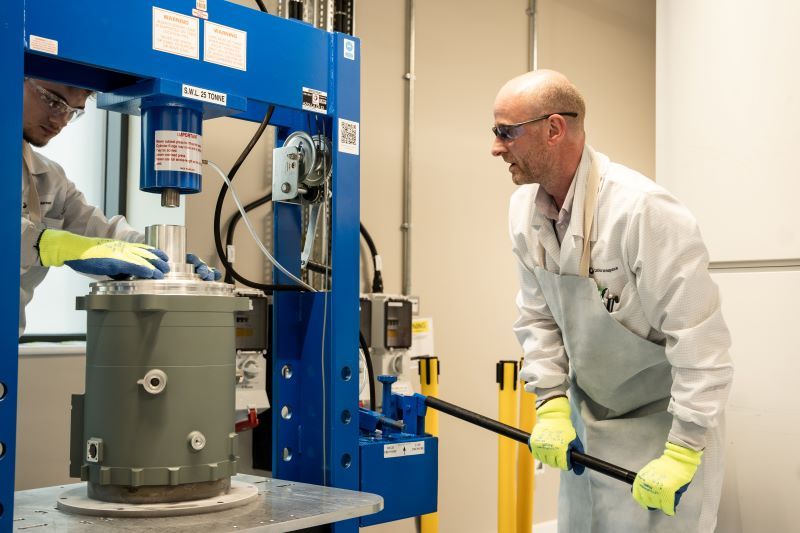
Hybrid-electric helicopters
Collins is also supplying the hybrid-electric propulsion system to an Airbus program that is converting an Airbus H145 twin-engine helicopter to use hybrid-electric propulsion, called the PioneerLab.
The hybrid system will replace the H145’s existing engines with a Pratt & Whitney Canada PW210 engine derivative linked to two Collins Aerospace 250kW electric motors and controllers through a common gearbox.
The program is targeting a fuel efficiency improvement of up to 30% with the hybridization. The H145 demonstrator will use two 250kW electric motors and controllers developed at Solihull which are expected to be delivered next year. The first flight for PioneerLab is planned for 2027 at Airbus Helicopters’ site in Donauwörth, Germany.
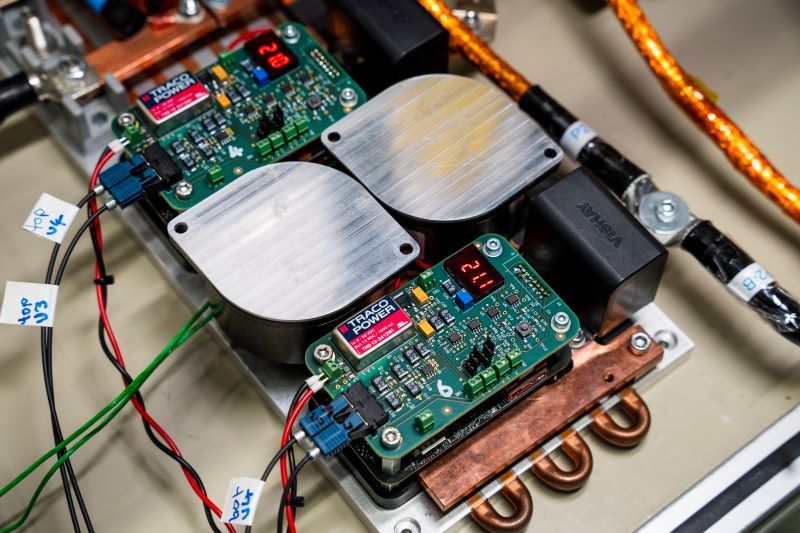
Lastly, RTX is also involved in advancing electrical distribution technologies that enable higher-voltage electrical systems for future aircraft. The HECATE (Hybrid Electric Regional Aircraft Distribution Technologies) program, recently passed a preliminary design review (PDR) of its high-voltage distribution system is being led out of Cork, Ireland. HECATE includes a DC/DC converter and switches. The project is on track to pass a critical design review by the end of this year and the aim is to demonstrate a complete 3kV distribution system on the ground by the end of 2025.
HECATE involves a consortium of 37 partners across Europe. Kalyani Menon, senior chief engineer at Collins Aerospace says, “This program brings in a lot of aerospace industry partners and universities to enable the development of the technologies that will enable more electrified aircraft. The longer-term aim is for us to go into flight with this configuration.”
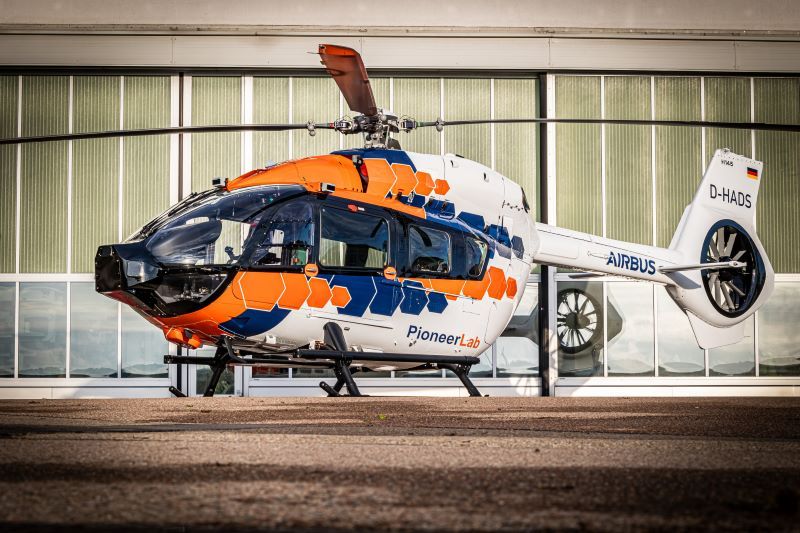
Faster technology maturity
Of the programs, the regional demonstrator program is expected to achieve flight first. RTX has previously stated a 2024 maiden flight for the testbed aircraft. The aircraft was “actively going through ground test”, said Steve Kotso, executive director of electric propulsion, Collins Aerospace at an industry event in late June.
At the event Kotso also emphasized the opportunity to transfer technology and learnings across different RTX projects and that collaboration with aircraft OEMs was key to introducing hybrid-electric propulsion at pace.
“We like 1MW machines and I’d love to just sell just 1MW machines. But the world might need something other than 1MW machines, so having the ability to provide a range is critical,” he said.
“But doing this without an airframer is impossible. We make components. It’s only when you come together with OEMs you can get to the heart of what drives the benefit of the technology.”
Parkin says, “We are not starting from zero, we can jump right in and offer a solution that isn’t going to take long to develop for the customer.”
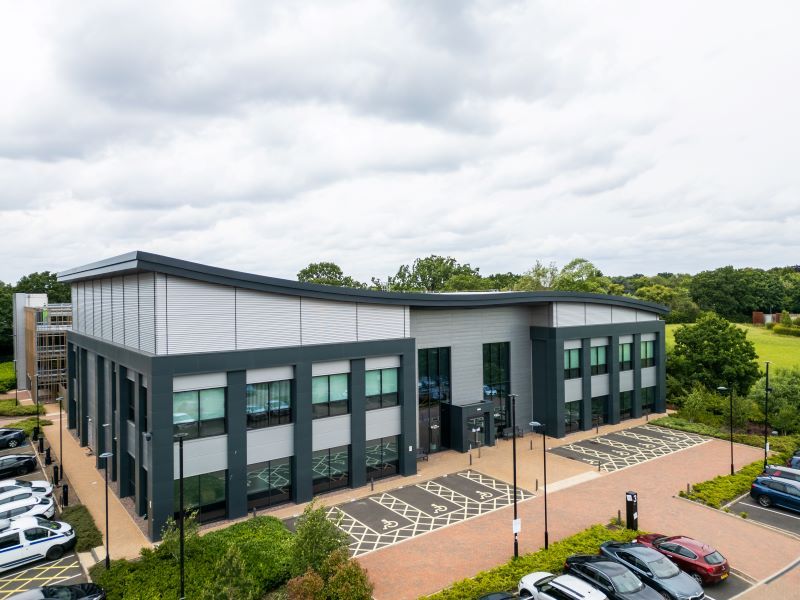
While much work remains to bring hybrid-electric propulsion to operational aircraft, a multi-pronged development approach and emphasis on scalable, modular technologies seems a sensible approach to enabling more sustainable aviation as quickly as possible. As these technologies mature, they promise to deliver significant efficiency gains and emissions reductions across a range of aircraft types and sizes, ensuring a viable future for the aviation sector for many decades to come.


